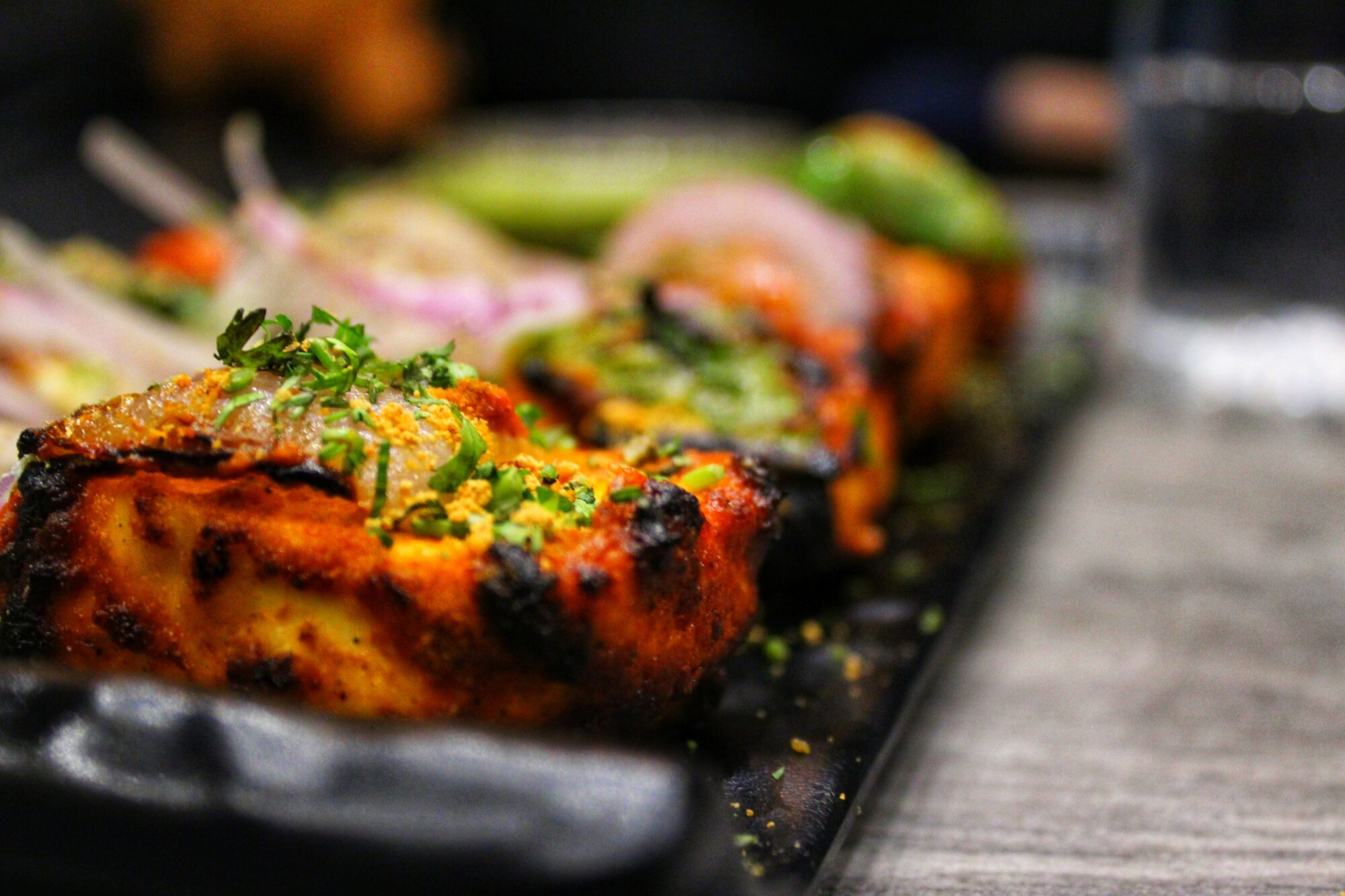In the endless diet wars, one tends to garner a huge amount of attention: the Mediterranean diet. But what if you’ve radically improved your health by following a ketogenic diet? Should you consider abandoning keto and adopting this other, much-celebrated way of eating?
What is the “Mediterranean Diet?”

Celebrated though it may be, the Mediterranean diet is not formally defined. This makes it difficult to determine which way of eating would be better for you, since no one can tell you what the Mediterranean diet even is. There’s a mythical, idealized idea of what people eat in the Mediterranean, and then there’s what people actually eat there, and these are not the same.
According to the Mayo Clinic, if you follow a Mediterranean diet, you should “Build meals around vegetables, beans and whole grains.”
The Cleveland Clinic recommends three to six servings of whole grains and starchy vegetables per day, three servings of fruit a day, making fish your primary source of protein, and using skinless poultry as the second-best option, with the rest of your protein coming from plant sources and egg whites, eating the yolks only in moderation.
(If you enjoy red meat, it’s slim pickings if you follow the Cleveland Clinic’s guidance to have no more than a single 3-ounce serving per week – and sticking only to lean cuts while you’re at it.)
They also recommend limiting dairy, except for Greek yogurt, and opting for lower-fat options for other dairy foods. Both of these prestigious institutions also recommend using olive oil as the primary added fat.
What Do They Really Eat in the Mediterranean?

The Americanized interpretation of a Mediterranean diet may be very different from what people actually eat in this beautiful region. Keto-friendly physician Colin Champ, MD, pointed out that his visit to Italy included liberal amounts of rich cheeses, fatty cured meats, and organ meats.
Seafood, vegetables, beans, and grains were abundant as well, but there was certainly no shortage of land-based animal proteins and fats.
Dr. Champ recalled being shocked at the “scarcity of vegetables.”
He wrote that, compared to the typical portrayal of a Mediterranean diet in the US, the food he personally encountered there “consisted of drastically larger amounts of cured meats and cheeses, much less bread, and even lesser amounts of grains. Meat was consumed several times per week in the sauces or as a main dish, and this was not including the plentiful amount of cured meats.”
(For more on the fallacies of the modern American interpretation of a “Mediterranean diet,” consider reading Nina Teicholz’s book, The Big Fat Surprise.)
So, in order to talk about keto compared to a Mediterranean diet, first we need to decide how we’re going to define the latter. For the purpose of this article, we’ll go with the recommendations of the Mayo and Cleveland Clinics: a plant-heavy diet low in animal proteins (except for seafood), with fat coming mostly from olive oil and nuts.
Ketogenic diets are easier to define. Keto diets are characterized by their carbohydrate content—period. The dietary factor that induces ketosis is a very low carbohydrate intake. (If you thought you needed to follow specific “macros” on a keto diet, read this article to find out why that’s not the case.)
In addition to the seafood and non-starchy vegetables included in a Mediterranean diet, on keto you can eat red meat, fatty pork, poultry with the skin, whole eggs, full-fat dairy, butter, and other animal fats, such as tallow and lard.
Which way of eating is better?

The type of diet that would be best for you (whether keto, Mediterranean, or any other way of eating) depends on your goals. What are your current circumstances and what do you want to accomplish? Are you looking to lose a large amount of weight? Would you like to reverse type 2 diabetes or significantly improve a condition related to insulin resistance?
There’s no one “best” approach that’s suitable for everyone, so let your personal situation point you toward the diet that makes the most sense for you.
If you’re already healthy and want to stay that way, a Mediterranean style diet might be a good fit. But if you’re living with medical issues that are known to respond favorably to a ketogenic diet, then regardless of all its glowing press, a Mediterranean diet isn’t going to get the job done for you.
We have no evidence that a Mediterranean diet can prevent seizures and migraines, reverse metabolic syndrome, improve binge eating disorder, or be helpful for certain rare conditions, such as McArdle disease (a type of glycogen storage disease). We do have evidence, however, that keto is effective for these.
If you need to be in ketosis for therapeutic reasons…

It’s unlikely that you will be able to maintain a therapeutic level of ketosis when consuming the high-carb foods recommended on a Mediterranean diet.
Furthermore, if you are especially sensitive to carbs (meaning that your blood sugar or insulin rises very high and remains elevated long after eating sugar or starch, even from whole foods like fruit, beans, and whole grains), it would likely be difficult for you to have normal glucose and insulin levels throughout the day.
This is critical for driving some of the health benefits that come from low-carb or keto diets totally separate from the production of ketones.
To clarify: high-carb foods that are wholesome and nutritious are not necessarily “bad” for you. (After all, billions of healthy, lean people all around the world eat bread, rice, and fruit.) But if you have a medical condition that responds best to nutritional ketosis, then those foods are simply not conducive to the outcome you want. They’re just too high in carbohydrate.
What should you eat?

Since ketogenic diets are defined solely by the amount of carbohydrate they contain, you can follow a ketogenic diet in any region of the world, and while enjoying any culture’s cuisine.
There will be restrictions, though: if you need to follow a ketogenic diet for medical reasons or simply because you feel best eating this way, then you’ll have to enjoy Asian food without rice and noodles (although there are plenty of great keto substitutes for these), Indian food without naan and roti (although again, there are plenty of keto-friendly substitutes for bread), Middle Eastern food without pita and hummus, Cuban food without beans and plantains, and so on.
If you like the idea of eating primarily fresh, whole foods (another key tenet of the Americanized Mediterranean diet), you can still do that while staying keto. Just keep the carbs very low! (Dr. Champ has a nice primer on what a Mediterranean ketogenic diet would consist of. There’s also a wide selection of Mediterranean keto cookbooks you can consult for ideas.)
So what diet should you choose?

In other words, you don’t have to choose between keto or a Mediterranean diet. You can do both! In fact, there’s published research showing that a Spanish ketogenic diet is effective for weight loss, lowering blood pressure and fasting glucose, and improving biomarkers of cardiovascular health.
And a Mediterranean ketogenic diet was effective for improving numerous measurements of glycemic control and insulin sensitivity as well as biomarkers related to polycystic ovarian syndrome (PCOS).
But we know that ketogenic diets not defined by any particular region’s cuisine are effective for these purposes. So, what was the driving factor in those improvements? Was it that the diets were “Mediterranean,” or was it that they were ketogenic? (I know where I’d put my money if I had to bet.)
Bottom line: if you’re living with an issue that would respond to therapeutic carbohydrate restriction, you should be aware that the Mediterranean diet will not inherently give you those benefits without combining it with keto.
Looking to make keto easy?
If you’re sick of meal prepping for keto, then we’ve got a solution for you: Keto Chow! Keto Chow is a meal replacement shake with 1/3 of your daily recommended nutrients, which means it has all the fiber, protein, vitamins, and minerals that you need in a meal. Plus Keto Chow shakes are low carb.


















